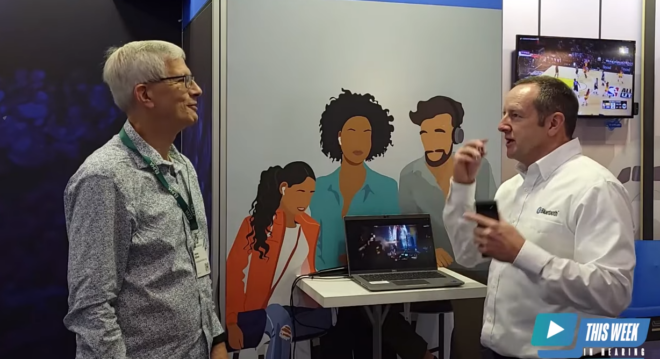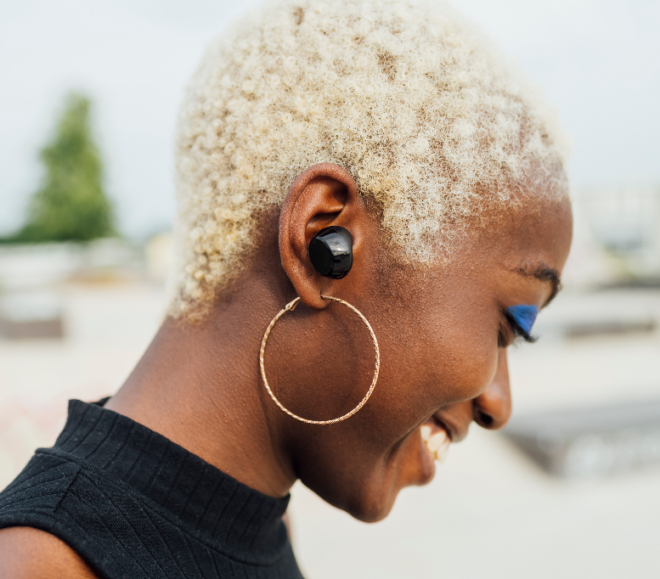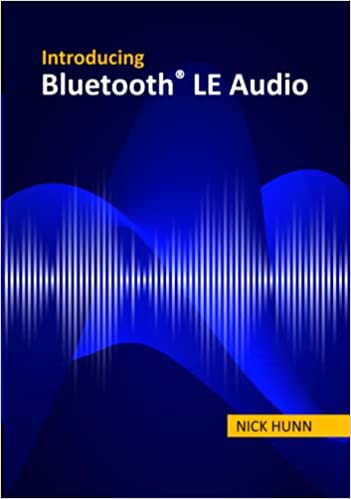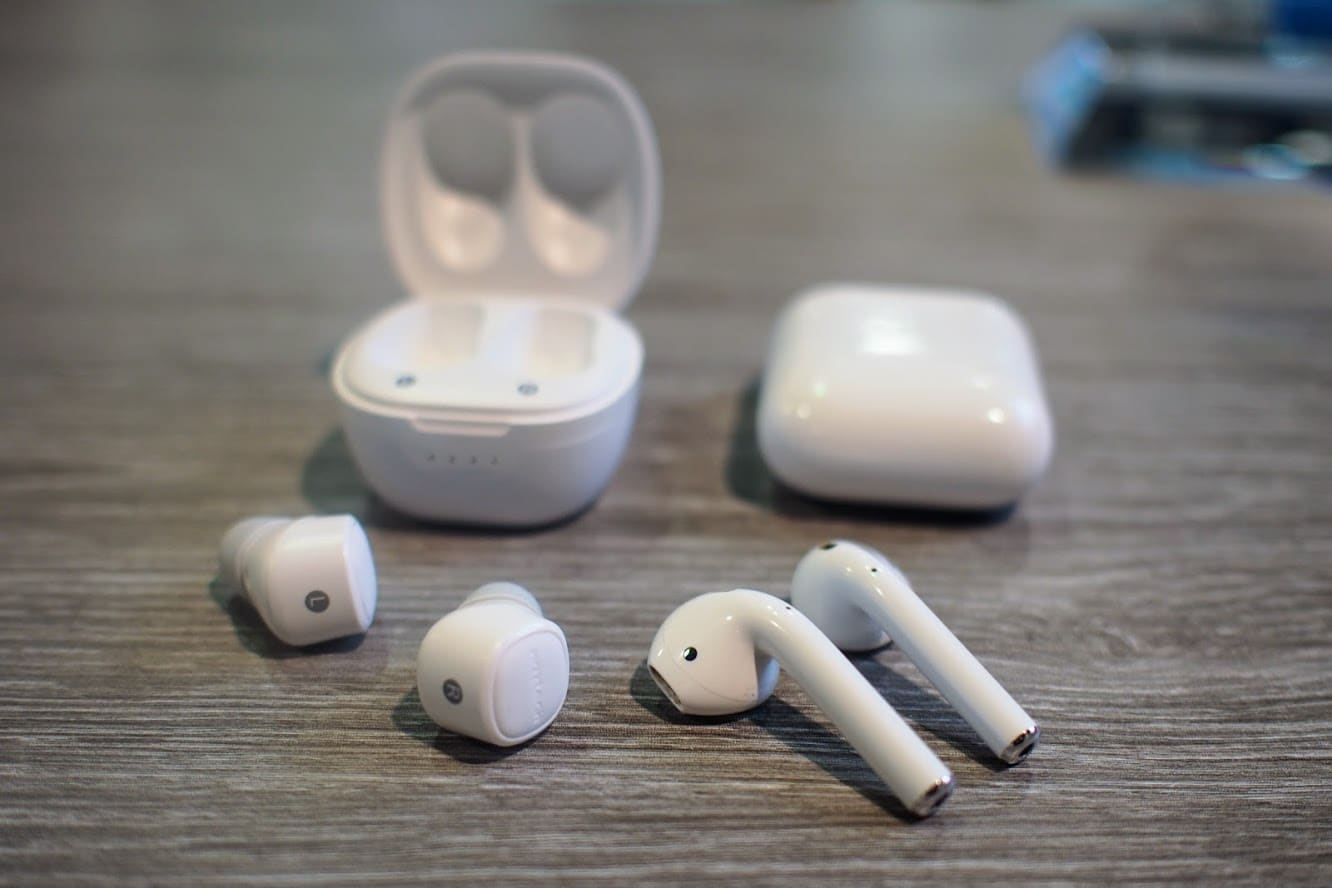
The word audio at the annual International CES used to mean big speakers with multiple drivers, home theater man cave setups with powerful subwoofers, and notoriously expensive high-end amplifiers.
To say that the category has undergone a wholesale change is an understatement. At CES 2020, audio is bigger than ever, but it’s entirely different than its audiophile-oriented past. Today, the floor of the show is full of vendors showing the latest true wireless earbuds, speakers that don’t just play music but also talk to you and manage your smart home, and all kinds of gadgets that relay speech or music from one place to another.
The arrival and rapid spread of wireless audio was transformational, and Bluetooth® technology is at the center of that story.
While Bluetooth isn’t the only wireless technology in audio (Wi-Fi plays an important role, particularly in smart speakers), its ubiquity means the industry relies on it to set the standard for most short-range audio connections.
The word standard might be a bit misplaced, though. Bluetooth, the core spec, is an open standard, which makes it more of a menu of wireless features to choose from than a strict list of checkboxes to tick off. For years, developers and device makers have adapted the standard in many ways to create proprietary solutions to address myriad use cases. While the core spec ensures a large degree of compatibility between devices, the precise ways in which they work – and more important, the way they sound – can vary wildly.
At CES 2020, the Bluetooth Special Interest Group (SIG) announced a long-awaited upgrade to Bluetooth, introducing Bluetooth LE Audio. The upgrade, which includes many new features — such as a new codec for better sound quality over low-energy connections as well as support for wireless hearing aids — will enable developers and vendors to begin building a new generation of Bluetooth® audio products.
“For the vast majority of products, they’re going to do the same stuff it did before,” says Ken Kolderup, VP of marketing for the Bluetooth SIG. “But maybe it’ll sound a little bit better. Maybe it gets better battery life. [The spec] needs to continue to support developers but add some capabilities to enable new use cases.”
Not that the audio industry has been waiting around for a new spec before attacking those use cases. Manufacturers haven’t held back from creating their own solutions for all kinds of novel wireless audio applications, including true wireless earbuds, in-ear translators, and assistive-hearing devices, and they were all over the show floor at CES.
True Wireless Is King
If a single audio product dominated the category at CES 2020, it was true wireless earbuds. Which is remarkable when you consider it’s only been a little over three years since Apple popularized the idea of two wireless earbuds, with no cable between them (though it didn’t invent it; true wireless designs have been around since at least 2008, when Sennheiser released the MX W1).
Virtually every audio brand at CES had a true wireless design, and in many cases, multiple designs. If AirPods are a de facto standard (Apple accounts for 45% of all true wireless earphones sold, according to Counterpoint Research Hearables), then other vendors are offering every possible variation on that standard, from longer battery life to more compact design to noise cancelation, fighting for every bite of a rapidly expanding market.
Perhaps the most notable new arrival in the category is the Technics EAH-AZ70W, which made many best of show lists. The venerable audio brand, owned by Panasonic, represents a validation for true wireless, and will give audiophiles an aspirational product in the category when it debuts later this year (no price yet).
Other notable designs at CES 2020 include a $200 true wireless design from 1MORE that’s the first in the category to receive THX certification, the Elite Active 75t from Jabra that boast IP57 water resistance and 7.5 hours of battery life, and the Naztech Freedom+, whose tiny form factor easily made the earbuds the smallest true-wireless design at the show.
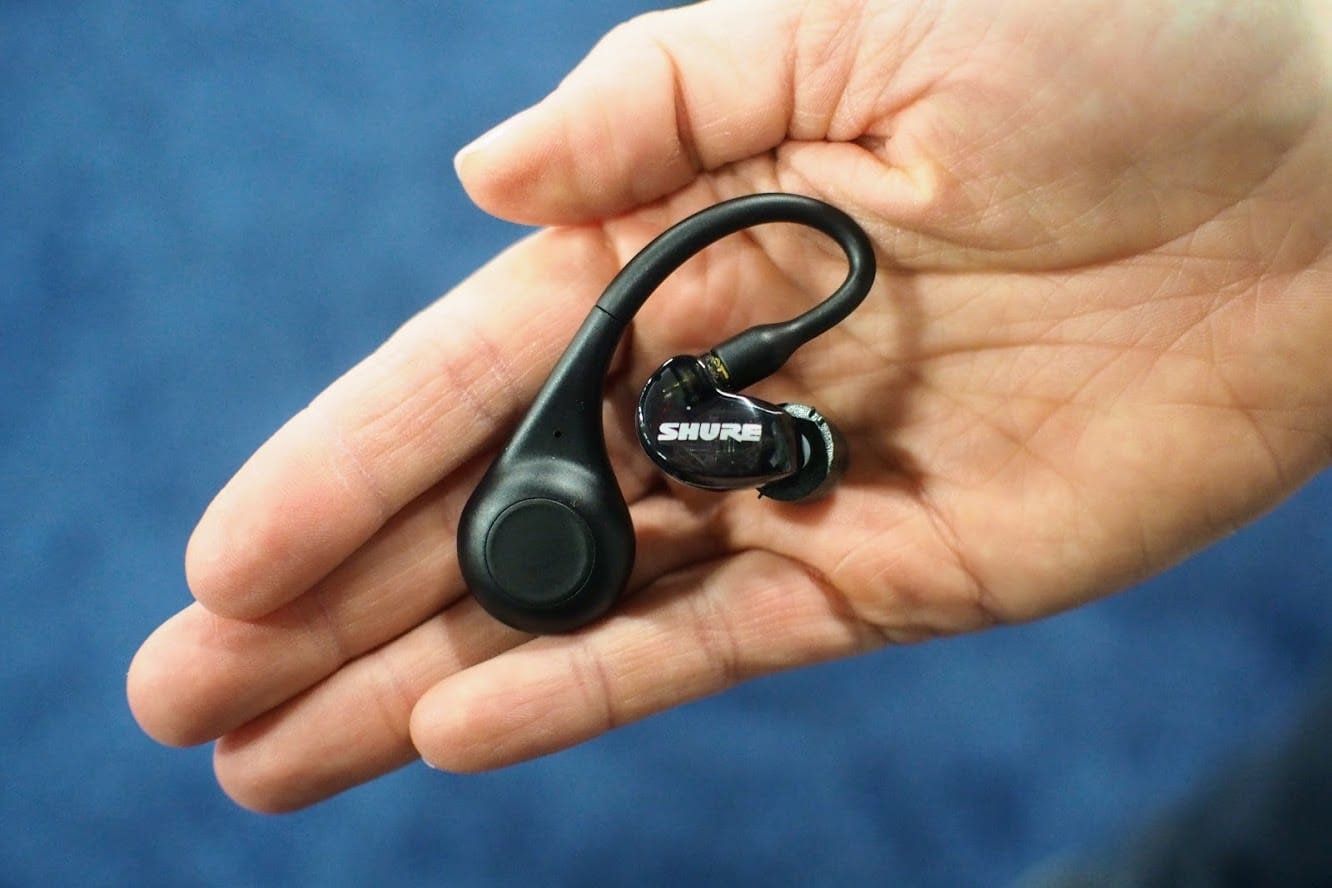
Perhaps the biggest indication the true wireless earbuds had achieved domination was the entry of wired-headphone holdout Shure into the market with its Aonic 215, on sale in the spring. Shure’s earphones are modular, and with the addition of a behind-the-ear Bluetooth® accessory (resembling a small hearing aid), they become true wireless. The battery life lasts 8 hours, and the modular design means you can always upgrade to better wireless units and keep the relatively pricey earbuds.
“We’ve never had wireless headphones before,” says Sean Sullivan of Shure. “Now that [Bluetooth] is becoming a bigger thing and we’ve got a bigger focus on the consumer market, it was time to get in.”
For manufacturers who have already been in the true-wireless market, the biggest change has been more compact designs with better battery life. Virtually every true wireless model I tried at the show was lighter and fit better than designs from a year ago or earlier, and battery life rated 6 hours or above was common (Apple’s AirPods rate at 5 hours).
If last year’s race was to make a true wireless design, this year’s is to make one with active noise cancelation (ANC). Even more exclusive, however, is hybrid ANC, a design that employs microphones on both the inside and the outside of the earbud for noise cancelation that’s more effective – and more power-hungry. Only a handful of brands boasted the feature, including Technics, 1MORE, and Nuheara.
Chips and Bluetooth LE Audio
What’s enabling all these improvements are better chipsets, particularly Qualcomm’s relatively new TrueWireless series. With the announcement of Bluetooth LE Audio, the clock has started on when chips that support the new spec will be available. Qualcomm says that should change in the first half of this year.
“We can stream audio with the new codec,” says Chris Havell, Qualcomm’s senior director of audio product marketing. “It does require new hardware to support it. We’re showing that running on platforms we’re introducing into the market for both source side — the Snapdragon platform — as well as on chip platforms for headset solutions.”
Qualcomm is perhaps the most well-known chip vendor of Bluetooth® chips, but there are others, which are helping put downward pressure on retail prices. And there will soon be many more now that the true-wireless market has exploded, according to Vincent Nallatamby from Tempow, a French startup that provides firmware to makers of true wireless earphones.
“We are switching from a market where there were five players, with almost no new entrants, to 15–20 new companies that are all building Bluetooth audio chipsets because of the true wireless earbuds market that is exploding.”
Bluetooth LE Audio brings an important change for true wireless earbuds since it supports multi-stream audio. In practice, that means a source device, like a smartphone, will be able to stream separately, synchronized left and right channel streams to each earbud — as opposed to streaming stereo to a single earbud, which then separates the channels and streams one of them to the other earbud, which the vast majority of true wireless designs do today.
While wireless technology has a reputation among audiophiles for lower quality than wired, numerous vendors and chipmakers have stepped up in recent years to come up with proprietary solutions to improve it beyond its initial limitations. Now, with Bluetooth LE Audio, the core spec catches up, with an audio codec that allows for more audio bandwidth, lower latency, and better compensation for packet loss — when you hear the music cut out at longer ranges.
Rise of the Hearable

A few audio brands have begun marketing wireless products to people with hearing loss. They all generally work in the same way, first profiling the wearer’s hearing via an app and then using the same technology that enables noise cancelation to improve the sound, but in a customized way. While not hearing aids per se, this growing class of earbuds has many qualities of them.
The rise of such versatile Bluetooth® devices — sometimes referred to by the ill-defined term hearable — shows just how much developers can do with the existing Bluetooth spec, provided they’re willing to put in the work of adapting it to a specific use case. One such developer is Sergio Diaz, who created a multi-stream Bluetooth solution for his company’s wireless earpiece translator, the Ambassador.
“It [works] over Bluetooth, but we had to rewrite everything,” says Diaz. “We had to use a special chip, we had to rewrite the protocol, we had to go to the foundations of Bluetooth.”
Sold in a pack of two earpieces meant to be worn by two people speaking different languages, the Ambassador provides real-time spoken translation of both speakers. In fact, it can support up to four earpieces, according to the company, each with its own stream, all managed by a single app.
True wireless design itself no longer commands a premium. If that wasn’t clear before CES, JLab Audio’s GoAir earbuds — a bare-bones pair that still has touch sensors, a charging case, and a $29 retail price — made it crystal. And you don’t have to pay much more to enjoy features like IPX7 water resistance (EarFun Free, $50) or an ambient-sound mode (Soul’s ST-XX, $56). If there’s any barrier left to adopting true wireless earbuds, it’s the anxiety that you might lose one of them.
The Future of Bluetooth
All this is remarkable considering up till now the Bluetooth® core spec doesn’t support multi-stream audio or hearing aids. But Bluetooth LE Audio will support both. That means use cases that were once only an option for those willing to build a proprietary solution will soon be much easier to create.
Of course, soon is a relative term. Bluetooth LE Audio was just announced, and it hasn’t yet been finalized. That will happen in stages, and the whole process will take about a year to complete. In that time, new chips designed for the spec will debut, and developers will begin preparing to bring it to platforms like iOS and Android. The nature of product development cycles means that first phones that support Bluetooth LE Audio likely won’t debut until 2021, with the first headphones and other audio devices coming soon after that.
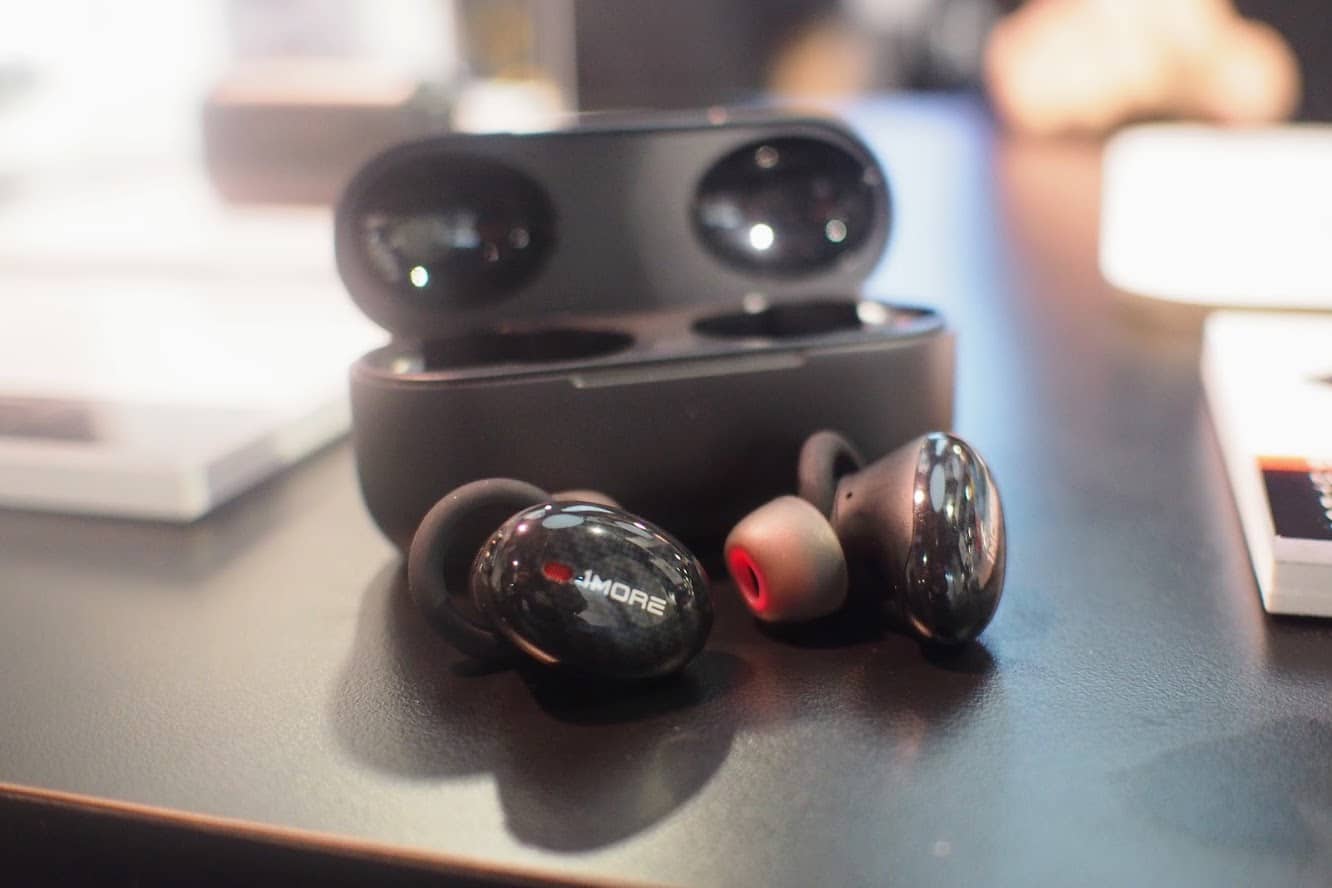
Also, Bluetooth LE Audio, by its nature creates a fork in the road for Bluetooth. Going forward, the pre-existing Bluetooth audio offering will be known as Classic Audio, and, since older devices may not support Bluetooth LE Audio, new headphones and speakers will need to support both for a while if they’re going to have any backward-compatibility. However, after a few years, the number of Bluetooth LE Audio-only devices is expected to rise, opening up whole new product categories thanks to their low power consumption.
That has big implications for Internet of Things (IoT) devices, a category where low energy is practically law. Bluetooth LE Audio opens up the possibility, adding audio to all kinds of low-power devices. Small sensors could add microphones and still have batteries that last months or years, not days or weeks.
“There’s a lot of Bluetooth® Low Energy devices out there that don’t do any audio today, but adding voice would be very attractive,” says Ron Lowman, Strategic Marketing Manager at Synopsys, which develops technology for devices. “Think of all the types of things in your house that could do audio. A lot of wireless speakers are WiFi, but potentially long term we see Bluetooth Low Energy as a good option for battery-operated devices.”
While the megatrend of true wireless earbuds was the most obvious one of CES 2020, it was really the biggest tent in a circus of new and novel audio devices. Fueled by versatile Bluetooth technology and enterprising developers, the products that defined audio at CES are reaching vastly more people than the loudspeakers of yesteryear, not because they’re better but because they’re tailored to a specific use case or preference. In other words, they’re what people want. CES 2020 was the year sound, as a technology, got personal.

Pete Pachal is a lifelong technology journalist and the Executive Editor of CoinDesk. Pete has served as the chief tech editor for several prominent media brands, including Mashable, PCMag, and the Syfy Channel, and was the Editorial Director of Reviews.com. As a thought leader in tech, Pete has appeared on The Today Show, CNN, CNBC, Fox Business, TDAmeritrade Network, PBS Newshour, NPR, The Daily Show, Cheddar, and more. Pete holds degrees in journalism and engineering physics. His favorite Doctor Who monsters are the Cybermen.
![]()
FEATURED INNOVATION
Bluetooth LE Audio
Building on 20 years of innovation, Bluetooth® LE Audio will not only enhance the performance of Bluetooth audio, but will bring all its benefits to people with hearing loss. Bluetooth LE Audio will also introduce Auracast™ broadcast audio, an innovative new capability with the potential to once again change the way we connect with each other and experience the world around us.






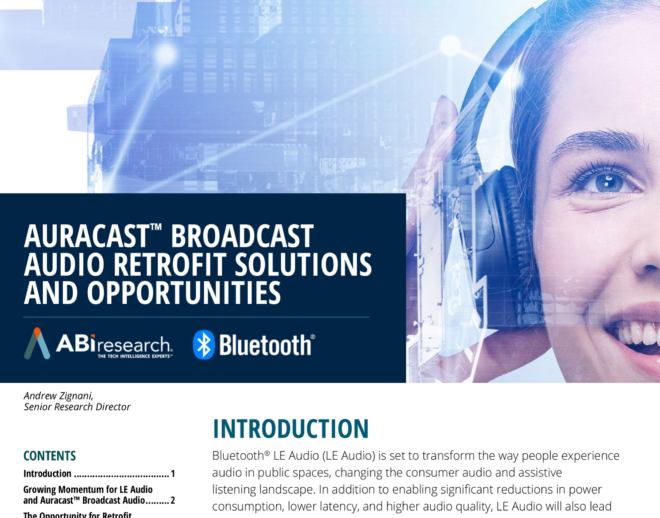
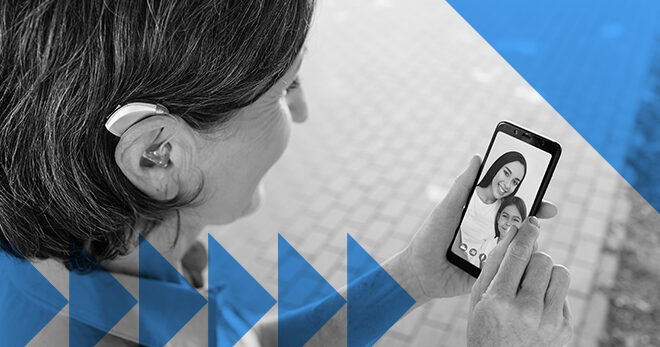
![packetcraft logo tagline[1]](https://www.bluetooth.com/wp-content/uploads/2024/03/packetcraft_logo_tagline1.png)
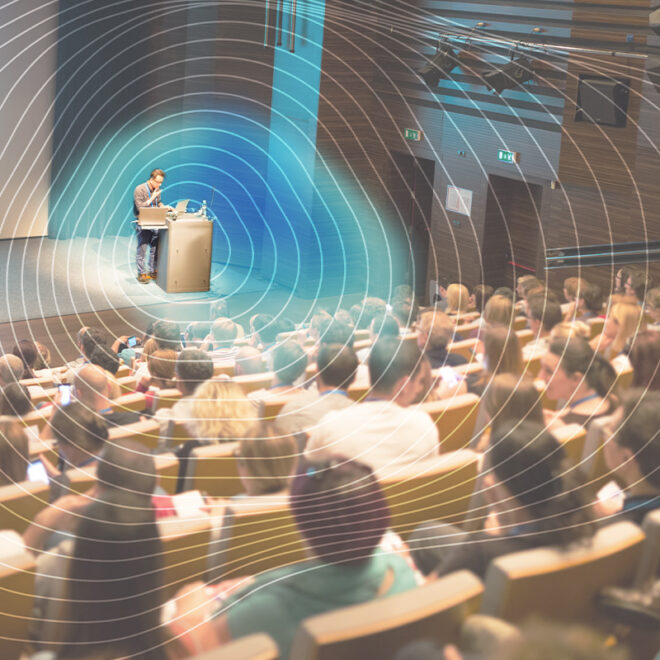

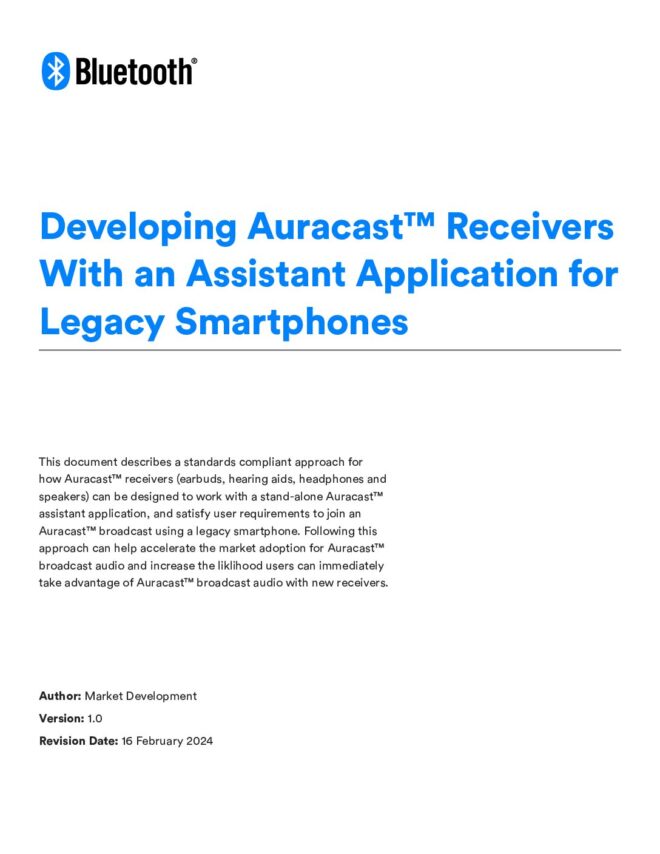
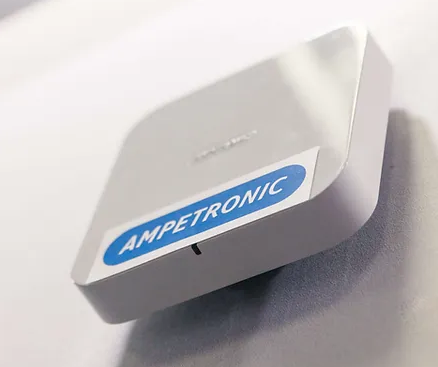
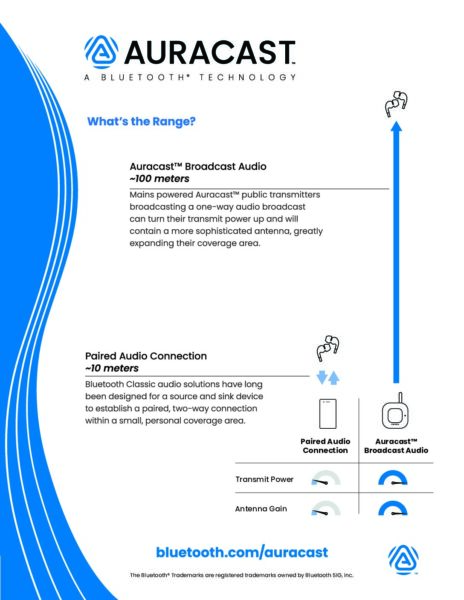
![2312 CES Handout Images FINAL existing pdf 464x600[1]](https://www.bluetooth.com/wp-content/uploads/2024/01/2312_CES_Handout-Images_FINAL-existing-pdf-464x6001-1.jpg)
![2312 CES Handout Images FINAL unlimited pdf 464x600[1]](https://www.bluetooth.com/wp-content/uploads/2024/01/2312_CES_Handout-Images_FINAL-unlimited-pdf-464x6001-1.jpg)

